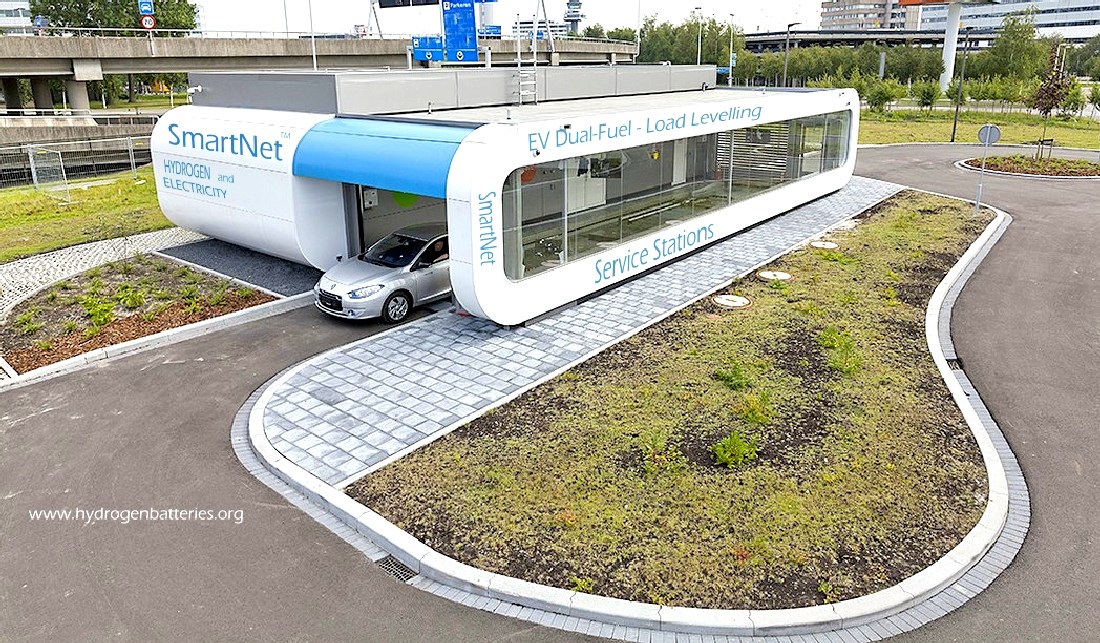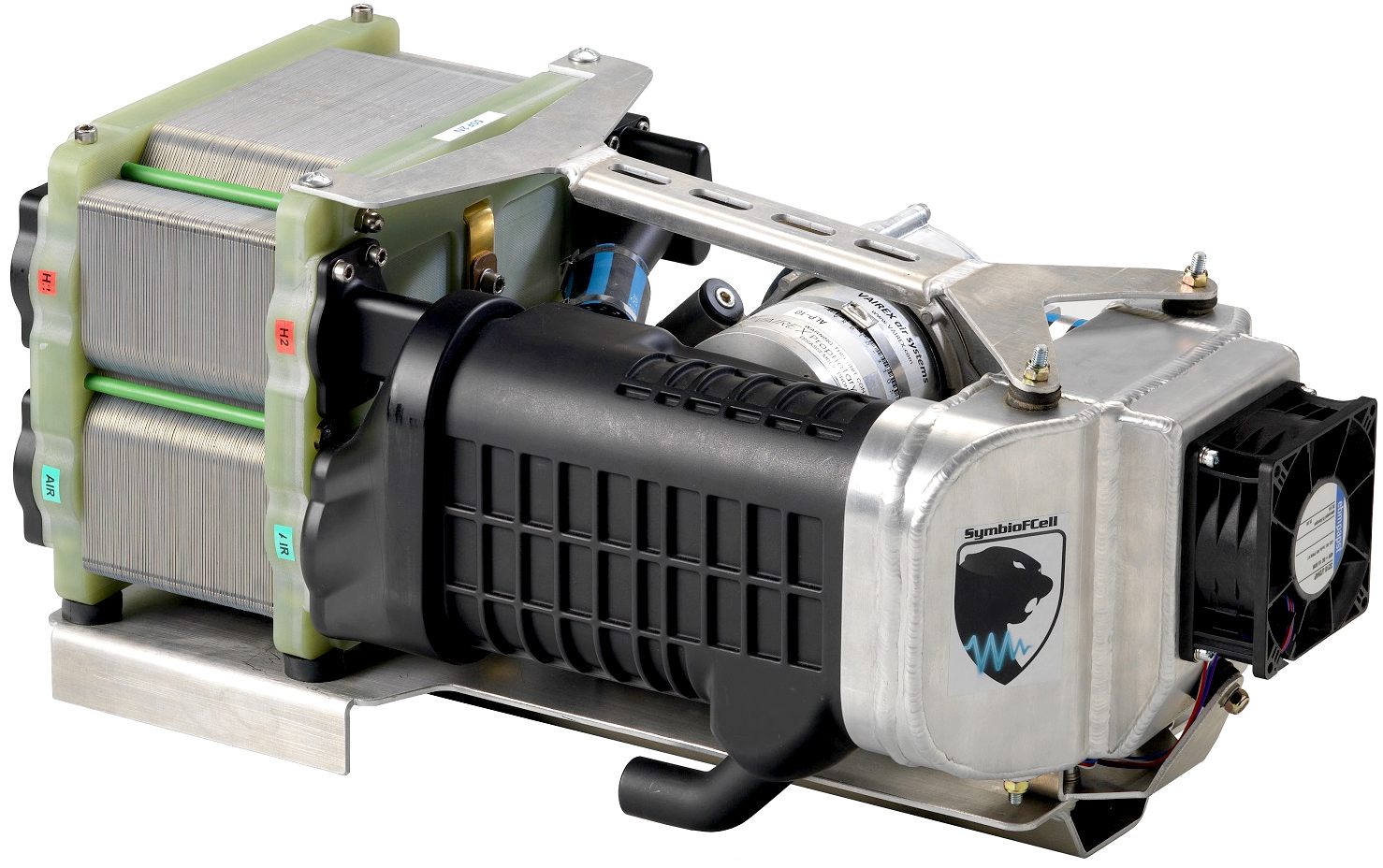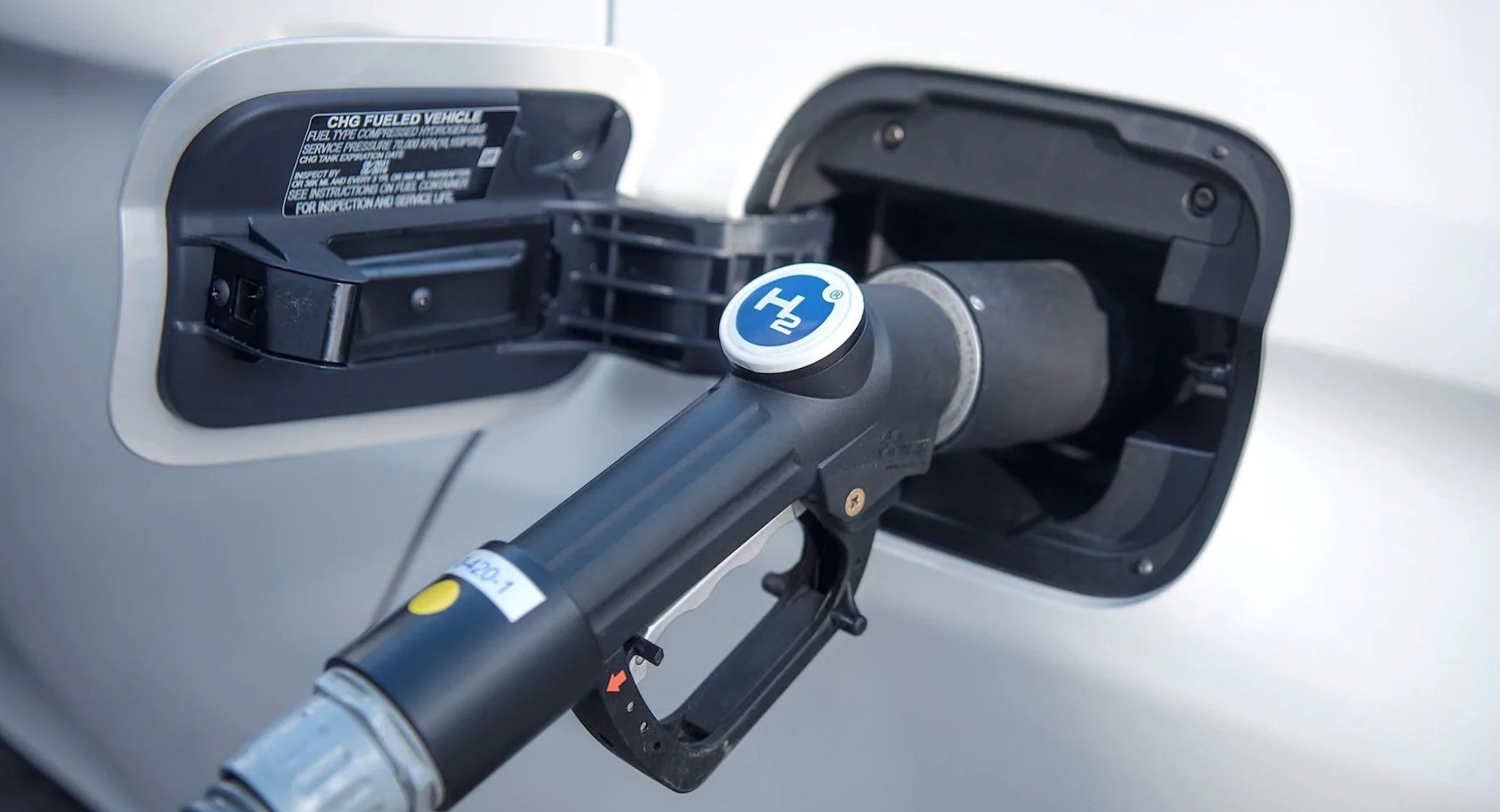|
HORIZON EUROPE
Please use our A-Z INDEX to navigate this site where page links may lead to other sites, or see HOME
|
|
|
Imagine a means to store electricity as green hydrogen for the load levelling of national grids, while also supplying energy for commercial vans and heavy duty trucks. Fuel cells provide a way to convert hydrogen gas into electricity, but on their own they do not represent a solution. The way forward is with hydrogen batteries, as the beating heart of the Smartnet™ dual-fuel infrastructure.
HORIZON EUROPE CLUSTER 5 - CLIMATE, ENERGY AND MOBILITY
Because of the new
Horizon Europe programme that will have its final launch in May 2021, PNO is publishing a series of articles, which look in detail at the different components of the programme. This week: Cluster 5 Climate, Energy and Mobility with a focus on Climate & Energy.
What does the structure of Cluster 5 look like?
• Achieving increased efficiency of European cities’ and communities’ energy, resource use, mobility patterns and overall sustainability. These include improved air and water quality; resilience of energy supply; intelligent mobility and logistics; livability and accessibility of cities; public health; comfortable affordable zero-emission housing.
• Facilitating the transformation to a climate-neutral society through more effectively engaging and empowering citizens to participate in the transition. These include better understanding of the social impacts of climate transition; co-creation of more effective policy interventions; increased public support for transition policies and programmes with involvement of those most affected.
• Nurturing the development of emerging technologies with high potential to enable zero/negative greenhouse gas (GHG) emissions in energy and transport. These include the emergence of unexpected technologies that enable zero/negative GHG emissions in energy and transport; development of high-risk, high-return technologies to enable the transition to a GHG-neutral European economy.
Depending on the topic, the amount of the grant is between 2 million and 15 million euros. The calls for proposals will open in May 2021 and the first deadlines are on October 19, 2021.
POTENTIAL GREEN HYDROGEN BOOSTER - The same service station that provides freshly charged 'green hydrogen' batteries, doubles up as an energy store for the national grid of the country concerned, boosting 'green deal' hydrogen production, and reducing CAPEX. That's the beauty of versatile servicing ( dual fuel capability, multi-functionality) as flat-packed service stations making E-Mobility more affordable. These units also supply electricity for conventional rapid (plug-in) charging and hydrogen gas filling - all in one unit - with the kicker being automated energy exchanges for robotrucks and taxis, where there are no people in these autonomous transport chains to effect refills.
The picture above is a 1:20 scale model, so don't get too excited and try to place an order. We need your help to get to the full-size demonstration stage, perhaps via a consortium - as a hop-on partner.
This is a 3.6 - 7.2MW station design at present. You'd need 135 of these beauties to = the 1GW current EU capacity. So 810 units in Europe to satisfy 'Phase 1' (6GW) by 2024. 'Phase 2' would need 5,400 SmartNet™ stations to equal 40GW by 2030. Subject to confirmation during RIA R&D, it could be that these smart service facilities are part of the solution that Europe seeks in meeting their green hydrogen targets.
There are 600,000 fossil fuel stations in the world that need to be replaced to eliminate our reliance on ICE vehicles in the long term. We are not saying we don't need diesel. We need to work with stakeholders to ensure a smooth transition, hoping for the reciprocal.
Destination 3: Sustainable, secure and competitive energy supply
• Energy systems, grids and storage. These include enhancing the flexibility and resilience of the system; the key role of citizens and communities: building social acceptance; improved energy storage technologies; fostering the European market for new energy services and business models; more effective and efficient solutions for transporting off-shore energy.
• Carbon capture, utilization and storage (CCUS). These include accelerating the roll-out of infrastructure for CCUS hubs and clusters; updating authoritative knowledge on connecting industrial CO2 sources with potential bankable storage sites; proving feasibility of integrating CO2 capture, storage and use in industrial facilities and demonstrating them at industrial scale; reducing the costs of CCUS; setting up adequate frameworks for measurement, monitoring and verification.
Depending on the topic, the amount of the grant is between 1 million and 20 million euros. The The calls for proposals will open in May 2021 and the first deadlines are on August 26, 2021.
• increased energy efficiency in industry and reducing industry’s greenhouse gas and air pollutant emissions through recovery, upgrade and/or conversion of industrial excess (waste) heat and through electrification of heat generation.
Depending on the topic, the amount of the grant is between 3 million and 14 million euros. The calls for proposals
opened in May 2021 and the first deadlines are on October 19, 2021.
CLUSTER FIVE CALLS FOR PROPOSALS:
• HORIZON-CL5-2021-D2-01-08: Emerging technologies for a climate neutral Europe
• HORIZON-CL5-2021-D3-01-05: Energy Sector Integration: Integrating and combining energy systems to a cost-optimised and flexible energy system of systems
• HORIZON-CL5-2021-D5-01-01: Nextgen vehicles
• HORIZON-CL5-2021-D5-01-03: System approach to achieve optimised Smart EV Charging and V2G flexibility in mass-deployment conditions (2ZERO)
• HORIZON-CL5-2021-D6-01-06: Framework for better coordination of large-scale demonstration pilots in Europe and EU-wide knowledge base (CCAM Partnership)
• HORIZON-CL5-2021-D6-01-08: New delivery methods and business/operating models to green the last mile and optimise road transport
• HORIZON-CL5-2022-D2-01-05: Next generation technologies for High-performance and safe-by-design battery systems for transport and mobile applications (Batteries Partnership)
• HORIZON-CL5-2022-D2-01-08: Coordination of large-scale initiative on future battery
• HORIZON-CL5-2022-D2-01-11: CIVITAS 2030 – Coordination and support for EU
If anyone wants to form a consortium for an application (as lead perhaps) we'd be more than pleased to contribute the IP and flatpack and Universal Cartridge designs, on confirmation of funding grant. If commercial EV OEM car, van or truck makers joined, that would make a very solid consortium, though not essential, as the proposed Smartnet™ system is dual fuel, as well as load levelling - an international hydrogen and electricity supply network.
LINKS & REFERENCE
https://www.enlit-europe.com/news-grids/measuring-the-performance-of-europes-smart-grids
Please use our A-Z INDEX to navigate this site
Copyright © Climate Change Trust & Universal Smart Batteries 2021. Solar Studios, BN271RF, United Kingdom.
|



